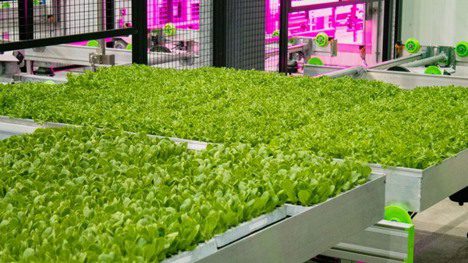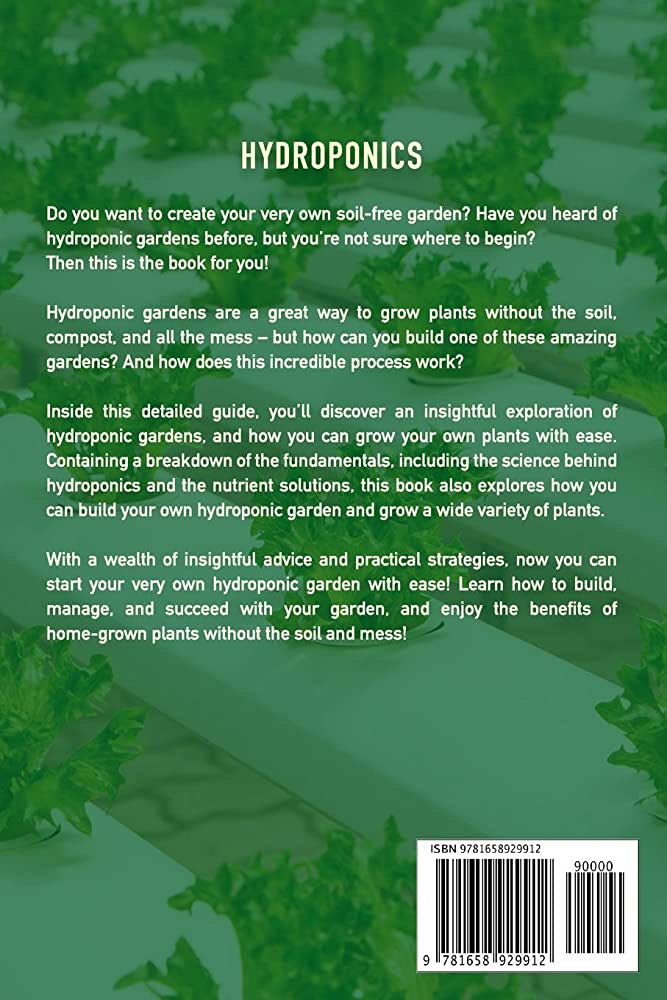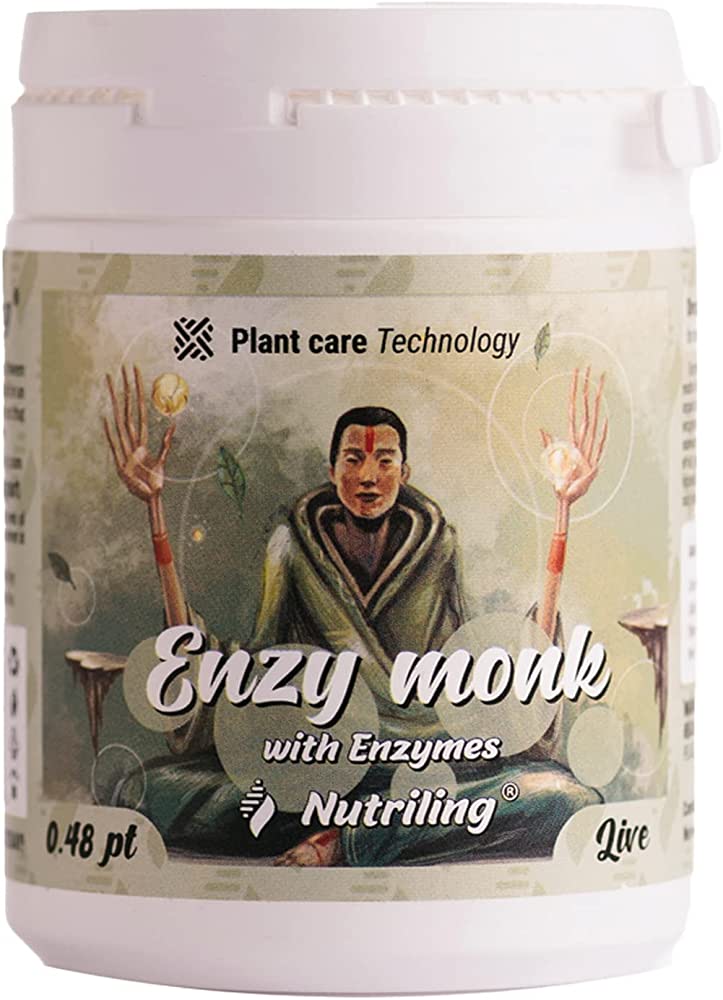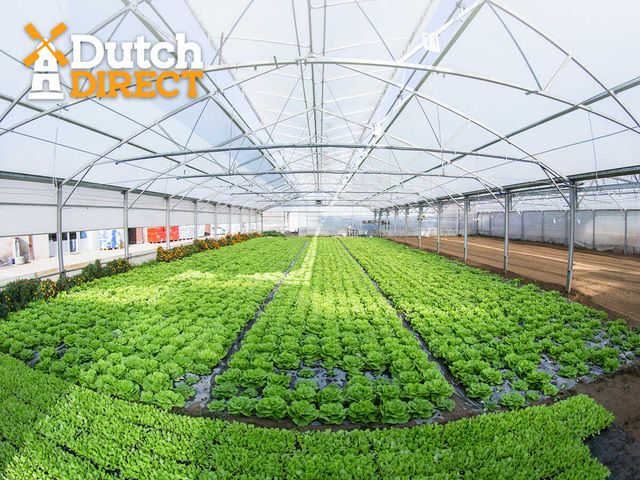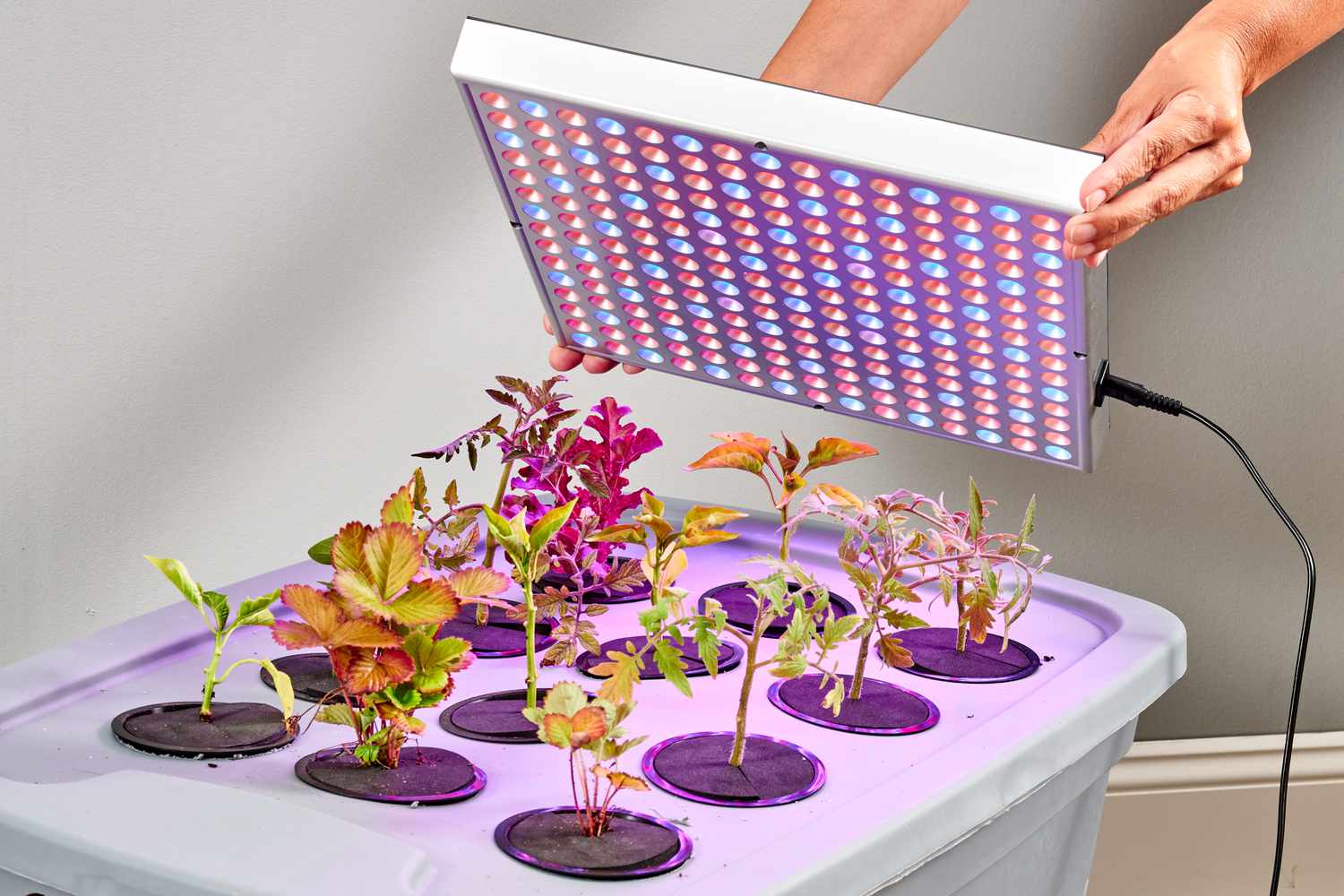Hydroponic climate control is essential for maintaining optimal temperature, humidity, and air quality in indoor gardens. In hydroponic systems, plants grow in nutrient-rich solutions instead of soil.
To ensure the success of your indoor garden, it is crucial to monitor and adjust the environmental conditions regularly. Hydroponic climate control is vital to maintaining the perfect conditions for plants to thrive in a hydroponic system. With this method of growing, plants are not planted in soil but rather grow in solutions that contain all the necessary nutrients.
This system allows for faster growth, higher yields, and more control over the environment. Managing the temperature, humidity, and air circulation is essential for a successful indoor garden. Inadequate climate control can lead to reduced plant growth, disease, and death. In this article, we’ll discuss the importance of hydroponic climate control and the different methods available to maintain a suitable growing environment.

Credit: hortamericas.com
Why Hydroponic Climate Control Is Crucial
Explanation Of Hydroponic Climate Control
Hydroponics is a soilless method of cultivation that uses water and nutrient solutions to feed plants. The hydroponic setup enables growers to manipulate various environmental factors, such as light, temperature, and air quality, to optimize plant growth. One critical factor that affects plant growth in a hydroponic system is the climate.
Climate control in a hydroponic garden involves managing all the elements that affect the space, including humidity, temperature, and airflow.
Importance Of Indoor Climate Control In Hydroponic Gardening
For a hydroponic garden to thrive, the climate inside should mimic nature as much as possible. Plants require specific environmental conditions to grow healthily and produce higher yields. Here’s why indoor climate control matters in hydroponic gardening:
- Prevents plant diseases: Proper climate control helps maintain ideal humidity levels, preventing the growth of pathogens and fungal diseases that thrive in damp environments.
- Ensures optimal plant growth: Plants grown in hydroponic systems rely on nutrients delivered through a water-based solution and specific ph levels. Climate control helps in maintaining these levels, which contributes to perfect plant growth.
- Increases yields: A controlled environment provides optimal growing conditions 24/7, which results in faster growth and higher yields.
- Decreases energy costs: Proper climate control reduces energy costs by minimizing heat and excess moisture levels which can cause molds and mildew.
How Climate Control Affects Plant Growth And Yields
Climate control plays a vital role in achieving optimal plant growth and maximum yields in a hydroponic garden. Here’s how:
- Temperature: Temperature affects the rate of photosynthetic activity in plants, which can affect their growth rate. A correctly set temperature is vital to ensure healthy plant growth and maximize yields.
- Humidity: Humidity affects plant transpiration rate, increasing the absorption of water and nutrients. Growers need to monitor and maintain optimal humidity levels to prevent pest infestation, mold growth and ensure maximum plant growth.
- Airflow: Airflow is essential in a hydroponic system as it helps deliver fresh carbon dioxide to plants, reducing the growth of pathogens, and preventing heat pockets.
Hydroponic climate control is crucial to a healthy and thriving garden. A controlled environment ensures maximum yields, reduces energy costs, and prevents plant ailments. Temperature, humidity, and airflow all work hand in hand to create an ideal climate that contributes to optimal growth and yields.
Essential Elements Of Hydroponic Climate Control
Setting up a hydroponic garden can be both rewarding and challenging. Given the controlled environment of hydroponic gardening, maintaining the perfect climate conditions is essential for your plants to thrive. Here are the most critical elements of hydroponic climate control:
Proper Ventilation
Effective ventilation of your hydroponic garden is crucial for a healthy growing environment. Here are some key points to consider:
- Ensure that there is enough airflow in your set-up to maintain healthy oxygen levels for your plants.
- Use an exhaust system to regulate temperature and humidity levels and prevent excessive growth of harmful microorganisms.
- Check that the ventilation set-up doesn’t compromise air purity and isn’t too noisy or too expensive to run.
Temperature And Humidity Control
Consistent temperature and humidity levels are crucial elements in hydroponic climate control. Here are some key points to consider:
- Install a thermometer and a hygrometer to monitor temperature and humidity levels regularly.
- Use a heater, air conditioner, or humidifier to regulate temperature and humidity levels within an acceptable range for your plants.
- Ensure that the temperature and humidity levels are consistent throughout the growing environment.
Lighting
Lighting is essential for the growth and development of your hydroponic plants. Here are some of the key points to consider:
- Choose the right type of lighting for your hydroponic set-up, depending on your plants’ needs and growth stage.
- Place the lights at the right distance from your plants to prevent overheating or burning.
- Ensure that the lights stay on for the crucial amount of time your plants need for photosynthesis.
Air Circulation
Proper air circulation is crucial for hydroponic climate control. Here are some key points to consider:
- Use oscillating fans to ensure air circulation throughout your hydroponic garden.
- Place the fans strategically to ensure that your plants benefit from maximum airflow while avoiding direct wind damage.
- Regularly clean your fans and ducts to prevent dust and mold from accumulating and spreading.
Hydroponic climate control is a vital aspect of successful hydroponic gardening. By paying close attention to ventilation, temperature and humidity control, lighting, and air circulation, you can ensure that your hydroponic plants grow healthy, vibrant, and abundant.
Key Factors That Affect Hydroponic Climate Control
Hydroponic climate control is crucial for the success of any hydroponic system. Every hydroponic system is different, and there are several key factors that one must consider to maintain proper climate control. In this section, we will discuss the primary factors that affect hydroponic climate control.
Location And Size Of Grow Space
The location and size of your grow space are two critical factors to consider when controlling the climate in a hydroponic system. Whether you are growing your plants outdoors or indoors, your grow space should be in a location that is easily accessible, well lit, and free from pests and disease.
Additionally, your grow space should be the right size for the number of plants you plan to grow.
When considering the location and size of your grow space, it is important to keep the following in mind:
- The location of your grow space will impact the amount of natural light your plants receive, as well as the temperature and humidity levels.
- The size of your grow space will impact the amount of ventilation your plants receive, as well as the temperature and humidity levels.
Type Of Plants Being Grown
The type of plants you are growing will also affect the climate control in your hydroponic system. Different plants have different temperature and humidity requirements, and it is important to ensure that your hydroponic system can meet those requirements.
When considering the types of plants you want to grow in your hydroponic system, keep the following in mind:
- Different plants require different levels of temperature and humidity. Some plants thrive in warmer temperatures, while others prefer cooler temperatures. Likewise, some plants require more humidity than others.
- The type of plants you grow will also affect the type of hydroponic system you use, as different plants have different nutrient requirements.
Type Of Hydroponic System Being Used
The type of hydroponic system you use will also affect the climate control in your hydroponic system. Some hydroponic systems are more suited to certain types of plants, while others are more versatile. It is important to choose the right hydroponic system for the plants you plan to grow.
When considering the type of hydroponic system you want to use, keep the following in mind:
- Different hydroponic systems require different levels of temperature and humidity. For example, aeroponic systems require higher humidity levels than other types of hydroponic systems.
- The type of hydroponic system you use will also affect the type of nutrients you use, as different hydroponic systems use different nutrient delivery methods.
Environmental Conditions Of The Surrounding Area
Finally, the environmental conditions of the surrounding area will also impact the climate control in your hydroponic system. The outside temperature and humidity levels can affect the temperature and humidity levels inside your grow space.
When considering the environmental conditions of the surrounding area, keep the following in mind:
- If you are growing your plants outdoors, you will need to monitor the temperature and humidity levels and adjust your hydroponic system accordingly.
- If you are growing your plants indoors, you will need to ensure that you have proper ventilation to maintain the right temperature and humidity levels.
Proper hydroponic climate control is essential for the success of any hydroponic system. By considering the location and size of your grow space, the type of plants you are growing, the type of hydroponic system being used, and the environmental conditions of the surrounding area, you can ensure that your hydroponic system is properly controlled.
Mastering Hydroponic Climate Control: Tips And Techniques
Hydroponic farming is a valuable method of growing plants without soil. Hydroponic systems control the climate of plant growth with the help of climate control equipment and maintain optimal temperature, lighting, humidity, and air circulation levels. We will discuss tips and techniques to master hydroponic climate control to ensure a healthy and productive harvest.
Understanding And Monitoring Plant Growth Stages
To achieve the desired results, it’s crucial to understand the different stages of plant growth and choose the right type of climate control equipment accordingly. Here are some key points to keep in mind:
- Seedling stage:
During this stage, maintain a temperature range of 68-78°f and humidity of 65-75% to ensure healthy root growth.
- Vegetative stage:
Maintain temperatures between 70-85°f and humidity between 40-70% to promote healthy leaf growth.
- Flowering stage:
During this phase, maintain temperatures between 65-80°f and humidity of 40-50% to encourage healthy flower growth.
Choosing The Right Climate Control Equipment
Choosing the right climate control equipment is important to maintain a healthy environment for plant growth. Here are the key points to remember:
- Hvac systems:
Use the right hvac system to ensure proper heating, ventilation, and cooling in your grow area.
- Dehumidifiers:
Use dehumidifiers to control humidity levels and prevent mold growth.
- Fans:
Installing fans in your grow area can help maintain air circulation and prevent hot spots.
Maintaining Optimal Temperature And Humidity Levels
Maintaining optimal temperature and humidity levels is crucial for healthy plant growth. Here are some essential tips:
- Temperature:
Keep temperatures between 65-80°f during the growing cycle for optimal plant growth.
- Humidity:
Humidity levels between 40-60% are ideal for plant growth. Use a hygrometer to monitor and adjust humidity levels.
Creating A Proper Air Circulation System
To ensure healthy plant growth, it’s important to create a proper air circulation system. Here are some key points to remember:
- Place fans at different heights inside the grow area to ensure proper air circulation
- Prevent hot spots by circulating air from hot spots to cold spots
Managing Lighting Cycles
Lighting cycles play a crucial role in hydroponic plant growth. Here are some key points to remember:
- Vegetative stage:
Maintain a 16-18 hour light cycle and 6-8 hour dark cycle.
- Flowering stage:
Maintain a 12-hour light cycle and 12-hour dark cycle.
- Use led lighting for better energy efficiency and heat reduction in the grow area.
Mastering hydroponic climate control is essential for healthy and productive plant growth. By understanding and monitoring plant growth stages, choosing the right climate control equipment, maintaining optimal temperature and humidity levels, creating a proper air circulation system, and managing lighting cycles, you can improve your plant growth and harvest.
Frequently Asked Questions On Hydroponic Climate Control
How Does Hydroponic Climate Control Work?
Hydroponic climate control is the regulation of environmental factors including temperature, humidity, co2, ventilation, and lighting to create optimal growing conditions for hydroponic crops.
What Are The Benefits Of Hydroponic Climate Control?
Controlling the environment reduces crop loss, increases plant growth and yields, and allows year-round cultivation, resulting in consistent and high-quality produce.
What Are The Key Components Of Hydroponic Climate Control?
Climate control systems are designed to monitor and regulate temperature, humidity, co2, ventilation, and light intensity, using sensors, controllers, heaters, air conditioners, and led lights.
Can Hydroponic Climate Control Save Energy?
Yes, hydroponic climate control systems are energy-efficient, using sensors and timers to regulate environmental factors, minimizing energy waste, and reducing costs.
How Do You Maintain A Hydroponic Climate Control System?
Maintain your system by regularly cleaning and changing filters, calibrating sensors and controllers, and ensuring proper lighting levels. Regular upkeep ensures consistent and optimal growing conditions.
How Does Hydroponic Climate Control Impact Crop Production?
Hydroponic climate control helps to create optimal growing conditions, leading to increased growth rates, higher yields, and consistent and high-quality crop production throughout the year.
Conclusion
As we conclude, it’s clear that climate control plays a vital role in hydroponic farming. By monitoring environmental conditions like humidity and temperature, farmers can ensure optimal plant growth, ultimately improving crop yields and profits. From fans and vents for air circulation to thermostats and sensors for precise control, there are many options for maintaining the perfect growing environment.
In addition to regulating the climate, hydroponic systems also offer other benefits such as water conservation and pesticide-free produce. It’s no wonder more and more farmers are turning to hydroponic farming for sustainable and efficient agriculture. As technology continues to advance, we can expect even more innovative solutions for hydroponic climate control to emerge.
It’s an exciting time for the industry, and we can’t wait to see what the future holds.
- Why Ease of Use is Crucial in Trucking Dispatch Software - September 22, 2024
- Better Communication With Dispatchers: How Trucking Dispatch Software Can Optimize Operations - September 7, 2024
- Maximizing Efficiency: The Importance of Accurate Location Tracking for Trucking Operations - August 23, 2024
